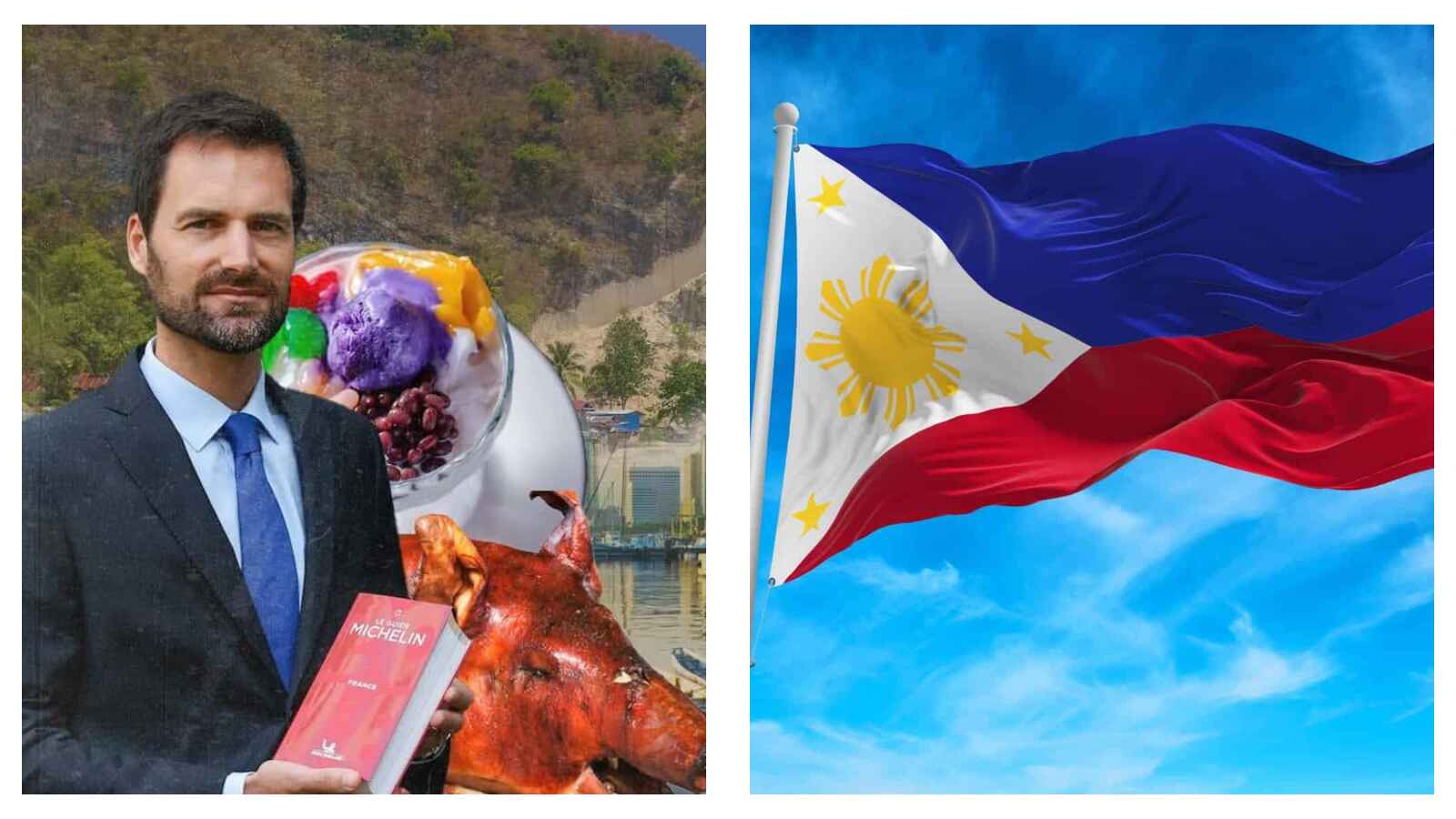By Vivien Bernardino
It may be a long time coming, but the Philippines is finally having its own Michelin Guide.
Michelin — the French company famous for its tires and iconic puffy white mascot — has recently announced its foray into the diverse and tasteful world of Filipino cuisine, sparking excitement among local restaurateurs and gourmands.
The inaugural Michelin Guide Philippines 2026 will cover Metro Manila and Cebu and explore areas surrounding the capital Manila, including Pampanga, Tagaytay, and Cavite.
Its inspectors – known for their anonymity and discerning standards – have already begun their search for star-worthy dining destinations in the country.
“Our Michelin Inspectors have been following the evolution of the Filipino culinary scene with great excitement. The country’s deep-rooted culinary traditions, combined with a strong openness to global influences, create a uniquely diverse dining culture,” Gwendal Poullennec, international director of the Michelin Guide, said in a statement dated February 18.
YOU MAY ALSO LIKE: Hong Kong International Film and Television Market 2025 welcomes Vietnamese pavilion debut

“In Manila, we see young, talented chefs redefining Filipino cuisine with fresh perspectives; while Cebu, as a leading tourist destination, offers an impressive range of dining experiences with world-class hospitality.”
The Michelin Guide Philippines 2026 is set for release in the last quarter of 2025.
It comes three years after two Filipino-owned restaurants in the United States — Chicago-based Kasama and Florida-based Soseki Modern Omakase — were each awarded one Michelin star.
Boon for Philippine gastronomic tourism
The Philippine government welcomed the Michelin Guide’s upcoming release, with Tourism Secretary Christina Frasco saying it will further elevate the Southeast Asian country’s status as a global gastronomic destination.
“The arrival of the Michelin Guide is not only a testament to our country’s culinary excellence but also a significant leap forward for Filipino tourism, with gastronomy now forming a key part of our national tourism priorities,” Frasco was quoted as saying in a statement released on the Michelin Guide’s website.
“In the Philippines, every dish tells a story and every flavour is an invitation to experience our nation’s rich cultural tapestry.”
From tire maker to tastemaker
The French dining guide was born out of a problem.
Brothers Andre and Edouard Michelin built their eponymous tire company in Clermont-Ferrand in 1889, at a time when there were less than 3,000 cars on France’s roads.
In order to grow the French automobile industry and ultimately the demand for tires, the Michelin brothers released in 1900 a red pocket-sized guide filled with useful information like maps, instructions on how to change a tire or fill up fuel, and hotel and restaurant listings.
The guide introduced its star rating system in 1926, initially awarding restaurants with a single star.
The three-star hierarchy only came five years later, with one star meaning “worth a trip”, two stars “worth a detour”, and three stars “interesting”.
Since then, the Michelin Guide has expanded into 37 countries across Europe, Asia, and the Americas.
The guide first arrived in Southeast Asia in 2016, starting with Singapore, followed by Thailand in 2018, Malaysia in 2022, and Vietnam in 2023.
How to reach for the Michelin star
The stars are based on five criteria: the quality of the ingredients, the harmony of flavours, the mastery of techniques, the personality of chef as expressed through their cuisine, and consistency both across the menu and over time, according to the Michelin Guide’s official website.
A single restaurant can receive up to three Michelin stars.
The guide also features a Bib Gourmand category, which gives a nod to restaurants serving high-quality yet affordable food.
For chefs and their restaurants, earning a Michelin star is much like winning an Oscar in Hollywood.
But for others, just being featured in the Michelin Guide is already an achievement in itself.
READ NEXT: Malaysia’s Prime Ministerial Term Limit: A Necessary Reform?
